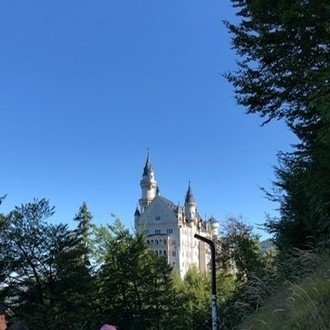CA Bar Exam 練習答案: Business Associations (Feb 2005)
Bar Review Course作成のEssay答案は完璧すぎ&長すぎて参考にならないという方向けに、過去に書きためた答案を公開していきます。公開するのは、私が実際に1時間計って解いた答案を、ギリギリ合格ラインまたは合格ライン少し上になるように手直ししたものです。手直しにあたっては、某Bar Review Courseの採点表を参照して、自己採点しています。
問題文
Feb 2005 Question 3
https://nwculaw.edu/pdf/bar/February%202005%20Essays%20and%20Sample%20Answers.pdf
Molly and Ruth were partners in the operation of a dry cleaning store. Recent government environmental regulations relating to dangers posed by dry cleaning fluids increased their exposure to liability and caused a decline in their business. Molly and Ruth decided to convert their partnership into Dryco, Inc. (“Dryco”), a corporation, to limit their potential personal liability.
Molly and Ruth each contributed $20,000 in cash to Dryco. In return, each received a $15,000 promissory note from Dryco and 5,000 shares of stock with a value of $1 per share.
Prior to incorporation, Molly entered into a contract on behalf of Dryco with Equipment Company (“EC”) for the unsecured credit purchase of an environmentally safe dryer for $100,000. EC was aware that Dryco had not yet been formed. EC delivered the dryer one week after the incorporation, and Dryco used it thereafter and made monthly installment payments.
Dryco had been incorporated in compliance with all statutory requirements, and Molly and Ruth observed all corporate formalities during the period of Dryco’s existence. One year after incorporation, however, Dryco became insolvent and dissolved. At the time of the dissolution, Dryco’s assets were valued at $50,000. Its debts totaled $120,000, consisting of the two $15,000 notes held by Molly and Ruth and a $90,000 balance due EC for the dryer.
1. As among EC, Molly, and Ruth, how should Dryco’s $50,000 in assets be distributed? Discuss.
2. On what theory or theories, if any, can Molly and/or Ruth be held liable for the balance owed to EC? Discuss.
答案

California Bar Exam 受験生を全力で応援しています!

